PPT-Prof. Marcello La Rosa
Author : yoshiko-marsland | Published Date : 2017-10-17
BPM Discipline Queensland University of Technology Business Process Modelling Whats the most important characteristic of a process model What are the typical uses
Presentation Embed Code
Download Presentation
Download Presentation The PPT/PDF document "Prof. Marcello La Rosa" is the property of its rightful owner. Permission is granted to download and print the materials on this website for personal, non-commercial use only, and to display it on your personal computer provided you do not modify the materials and that you retain all copyright notices contained in the materials. By downloading content from our website, you accept the terms of this agreement.
Prof. Marcello La Rosa: Transcript
Download Rules Of Document
"Prof. Marcello La Rosa"The content belongs to its owner. You may download and print it for personal use, without modification, and keep all copyright notices. By downloading, you agree to these terms.
Related Documents

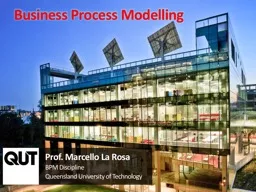
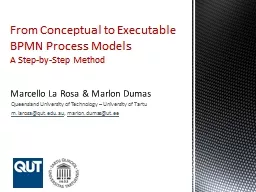
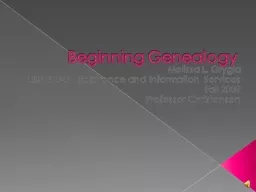




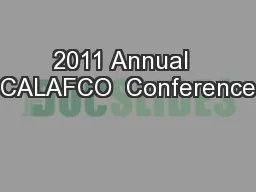



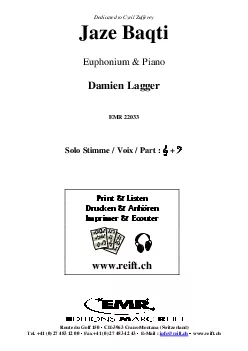
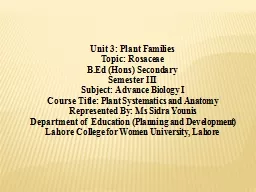
![[DOWNLOAD] Manuale di enologia: Marcello Castroreale Marcello Castroreale VINI, DISTILLATI](https://thumbs.docslides.com/1005049/download-manuale-di-enologia-marcello-castroreale-marcello-castroreale-vini-distillati-e-liquori-vol-1-italian-edition.jpg)